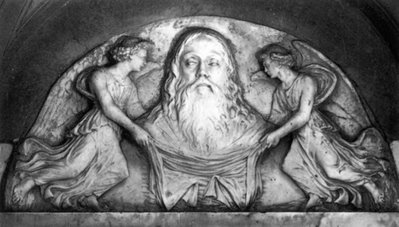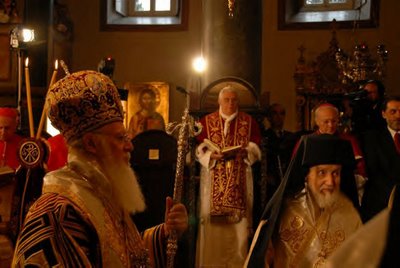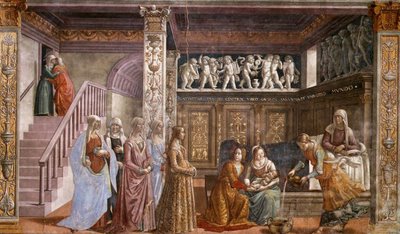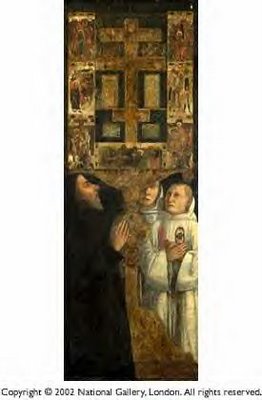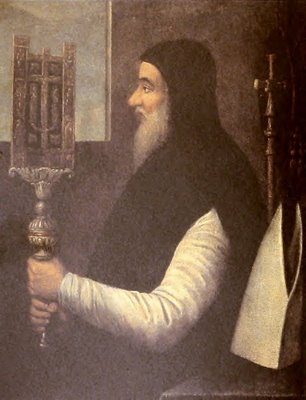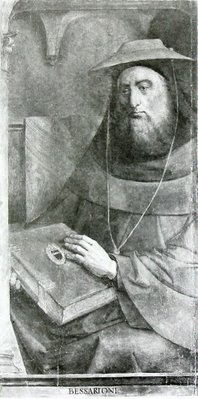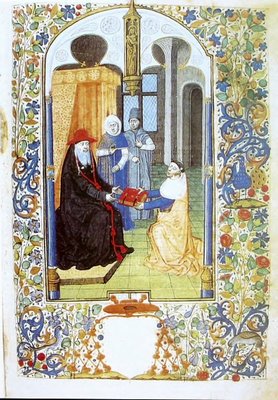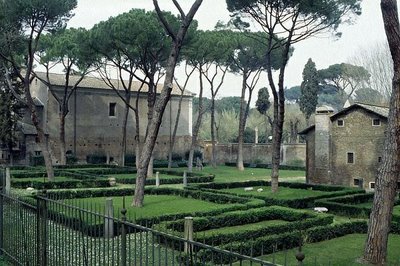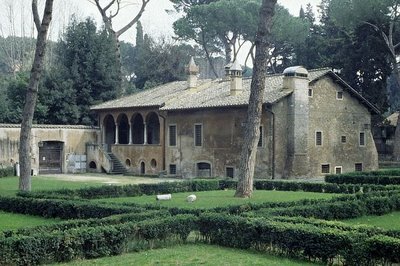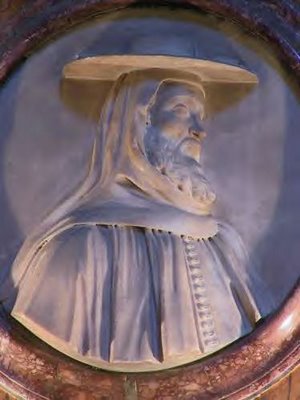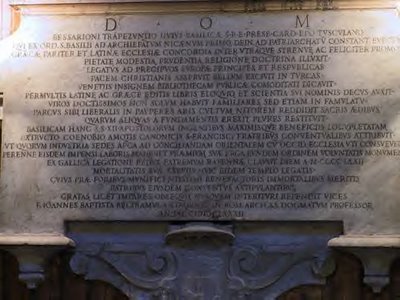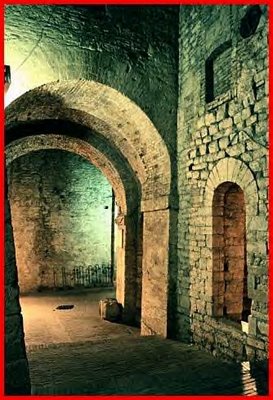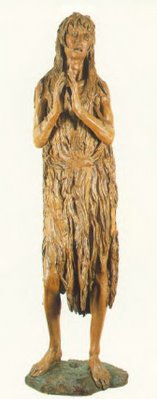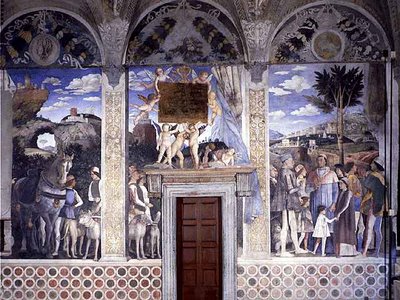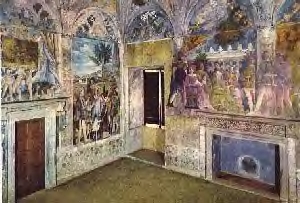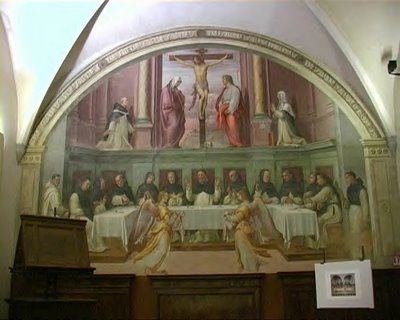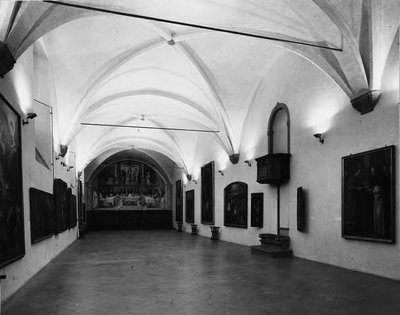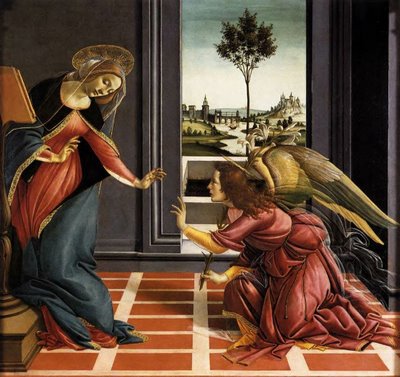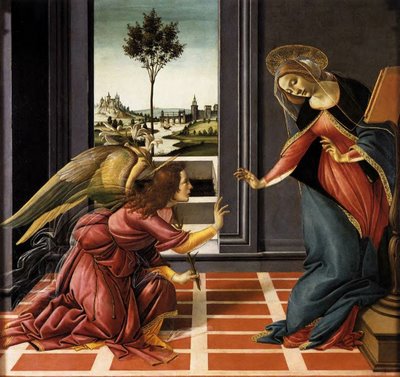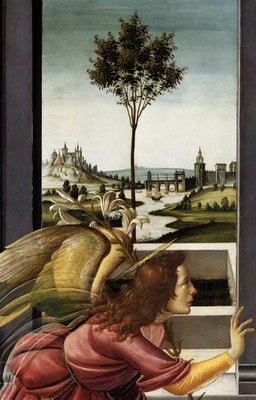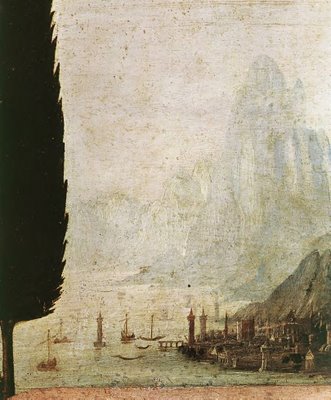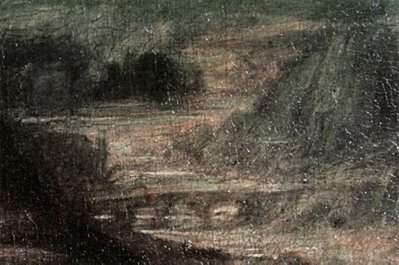It`s coming up to Christmas. Vacation time can mean bad weather. Television will be terrible as usual.If you`re looking for a book to read maybe you should start buying now for those times.
In 2003, the BBC published a list of what viewers and listeners rated the best 200 best books. The list is below.
But don`t ask me why Enid Blyton is so far up the list....
Web site:
hereThe Top 200 were:
1. The Lord of the Rings, JRR Tolkien
2. Pride and Prejudice, Jane Austen
3. His Dark Materials, Philip Pullman
4. The Hitchhiker's Guide to the Galaxy, Douglas Adams
5. Harry Potter and the Goblet of Fire, JK Rowling
6. To Kill a Mockingbird, Harper Lee
7. Winnie the Pooh, AA Milne
8. Nineteen Eighty-Four, George Orwell
9. The Lion, the Witch and the Wardrobe, CS Lewis
10. Jane Eyre, Charlotte Brontë
11. Catch-22, Joseph Heller
12. Wuthering Heights, Emily Brontë
13. Birdsong, Sebastian Faulks
14. Rebecca, Daphne du Maurier
15. The Catcher in the Rye, JD Salinger
16. The Wind in the Willows, Kenneth Grahame
17. Great Expectations, Charles Dickens
18. Little Women, Louisa May Alcott
19. Captain Corelli's Mandolin, Louis de Bernieres
20. War and Peace, Leo Tolstoy
21. Gone with the Wind, Margaret Mitchell
22. Harry Potter And The Philosopher's Stone, JK Rowling
23. Harry Potter And The Chamber Of Secrets, JK Rowling
24. Harry Potter And The Prisoner Of Azkaban, JK Rowling
25. The Hobbit, JRR Tolkien
26. Tess Of The D'Urbervilles, Thomas Hardy
27. Middlemarch, George Eliot
28. A Prayer For Owen Meany, John Irving
29. The Grapes Of Wrath, John Steinbeck
30. Alice's Adventures In Wonderland, Lewis Carroll
31. The Story Of Tracy Beaker, Jacqueline Wilson
32. One Hundred Years Of Solitude, Gabriel García Márquez
33. The Pillars Of The Earth, Ken Follett
34. David Copperfield, Charles Dickens
35. Charlie And The Chocolate Factory, Roald Dahl
36. Treasure Island, Robert Louis Stevenson
37. A Town Like Alice, Nevil Shute
38. Persuasion, Jane Austen
39. Dune, Frank Herbert
40. Emma, Jane Austen
41. Anne Of Green Gables, LM Montgomery
42. Watership Down, Richard Adams
43. The Great Gatsby, F Scott Fitzgerald
44. The Count Of Monte Cristo, Alexandre Dumas
45. Brideshead Revisited, Evelyn Waugh
46. Animal Farm, George Orwell
47. A Christmas Carol, Charles Dickens
48. Far From The Madding Crowd, Thomas Hardy
49. Goodnight Mister Tom, Michelle Magorian
50. The Shell Seekers, Rosamunde Pilcher
51. The Secret Garden, Frances Hodgson Burnett
52. Of Mice And Men, John Steinbeck
53. The Stand, Stephen King
54. Anna Karenina, Leo Tolstoy
55. A Suitable Boy, Vikram Seth
56. The BFG, Roald Dahl
57. Swallows And Amazons, Arthur Ransome
58. Black Beauty, Anna Sewell
59. Artemis Fowl, Eoin Colfer
60. Crime And Punishment, Fyodor Dostoyevsky
61. Noughts And Crosses, Malorie Blackman
62. Memoirs Of A Geisha, Arthur Golden
63. A Tale Of Two Cities, Charles Dickens
64. The Thorn Birds, Colleen McCollough
65. Mort, Terry Pratchett
66. The Magic Faraway Tree, Enid Blyton
67. The Magus, John Fowles
68. Good Omens, Terry Pratchett and Neil Gaiman
69. Guards! Guards!, Terry Pratchett
70. Lord Of The Flies, William Golding
71. Perfume, Patrick Süskind
72. The Ragged Trousered Philanthropists, Robert Tressell
73. Night Watch, Terry Pratchett
74. Matilda, Roald Dahl
75. Bridget Jones's Diary, Helen Fielding
76. The Secret History, Donna Tartt
77. The Woman In White, Wilkie Collins
78. Ulysses, James Joyce
79. Bleak House, Charles Dickens
80. Double Act, Jacqueline Wilson
81. The Twits, Roald Dahl
82. I Capture The Castle, Dodie Smith
83. Holes, Louis Sachar
84. Gormenghast, Mervyn Peake
85. The God Of Small Things, Arundhati Roy
86. Vicky Angel, Jacqueline Wilson
87. Brave New World, Aldous Huxley
88. Cold Comfort Farm, Stella Gibbons
89. Magician, Raymond E Feist
90. On The Road, Jack Kerouac
91. The Godfather, Mario Puzo
92. The Clan Of The Cave Bear, Jean M Auel
93. The Colour Of Magic, Terry Pratchett
94. The Alchemist, Paulo Coelho
95. Katherine, Anya Seton
96. Kane And Abel, Jeffrey Archer
97. Love In The Time Of Cholera, Gabriel García Márquez
98. Girls In Love, Jacqueline Wilson
99. The Princess Diaries, Meg Cabot
100. Midnight's Children, Salman Rushdie
101. Three Men In A Boat, Jerome K. Jerome
102. Small Gods, Terry Pratchett
103. The Beach, Alex Garland
104. Dracula, Bram Stoker
105. Point Blanc, Anthony Horowitz
106. The Pickwick Papers, Charles Dickens
107. Stormbreaker, Anthony Horowitz
108. The Wasp Factory, Iain Banks
109. The Day Of The Jackal, Frederick Forsyth
110. The Illustrated Mum, Jacqueline Wilson
111. Jude The Obscure, Thomas Hardy
112. The Secret Diary Of Adrian Mole Aged 13¾, Sue Townsend
113. The Cruel Sea, Nicholas Monsarrat
114. Les Misérables, Victor Hugo
115. The Mayor Of Casterbridge, Thomas Hardy
116. The Dare Game, Jacqueline Wilson
117. Bad Girls, Jacqueline Wilson
118. The Picture Of Dorian Gray, Oscar Wilde
119. Shogun, James Clavell
120. The Day Of The Triffids, John Wyndham
121. Lola Rose, Jacqueline Wilson
122. Vanity Fair, William Makepeace Thackeray
123. The Forsyte Saga, John Galsworthy
124. House Of Leaves, Mark Z. Danielewski
125. The Poisonwood Bible, Barbara Kingsolver
126. Reaper Man, Terry Pratchett
127. Angus, Thongs And Full-Frontal Snogging, Louise Rennison
128. The Hound Of The Baskervilles, Arthur Conan Doyle
129. Possession, A. S. Byatt
130. The Master And Margarita, Mikhail Bulgakov
131. The Handmaid's Tale, Margaret Atwood
132. Danny The Champion Of The World, Roald Dahl
133. East Of Eden, John Steinbeck
134. George's Marvellous Medicine, Roald Dahl
135. Wyrd Sisters, Terry Pratchett
136. The Color Purple, Alice Walker
137. Hogfather, Terry Pratchett
138. The Thirty-Nine Steps, John Buchan
139. Girls In Tears, Jacqueline Wilson
140. Sleepovers, Jacqueline Wilson
141. All Quiet On The Western Front, Erich Maria Remarque
142. Behind The Scenes At The Museum, Kate Atkinson
143. High Fidelity, Nick Hornby
144. It, Stephen King
145. James And The Giant Peach, Roald Dahl
146. The Green Mile, Stephen King
147. Papillon, Henri Charriere
148. Men At Arms, Terry Pratchett
149. Master And Commander, Patrick O'Brian
150. Skeleton Key, Anthony Horowitz
151. Soul Music, Terry Pratchett
152. Thief Of Time, Terry Pratchett
153. The Fifth Elephant, Terry Pratchett
154. Atonement, Ian McEwan
155. Secrets, Jacqueline Wilson
156. The Silver Sword, Ian Serraillier
157. One Flew Over The Cuckoo's Nest, Ken Kesey
158. Heart Of Darkness, Joseph Conrad
159. Kim, Rudyard Kipling
160. Cross Stitch, Diana Gabaldon
161. Moby Dick, Herman Melville
162. River God, Wilbur Smith
163. Sunset Song, Lewis Grassic Gibbon
164. The Shipping News, Annie Proulx
165. The World According To Garp, John Irving
166. Lorna Doone, R. D. Blackmore
167. Girls Out Late, Jacqueline Wilson
168. The Far Pavilions, M. M. Kaye
169. The Witches, Roald Dahl
170. Charlotte's Web, E. B. White
171. Frankenstein, Mary Shelley
172. They Used To Play On Grass, Terry Venables and Gordon Williams
173. The Old Man And The Sea, Ernest Hemingway
174. The Name Of The Rose, Umberto Eco
175. Sophie's World, Jostein Gaarder
176. Dustbin Baby, Jacqueline Wilson
177. Fantastic Mr Fox, Roald Dahl
178. Lolita, Vladimir Nabokov
179. Jonathan Livingstone Seagull, Richard Bach
180. The Little Prince, Antoine De Saint-Exupery
181. The Suitcase Kid, Jacqueline Wilson
182. Oliver Twist, Charles Dickens
183. The Power Of One, Bryce Courtenay
184. Silas Marner, George Eliot
185. American Psycho, Bret Easton Ellis
186. The Diary Of A Nobody, George and Weedon Grossmith
187. Trainspotting, Irvine Welsh
188. Goosebumps, R. L. Stine
189. Heidi, Johanna Spyri
190. Sons And Lovers, D. H. LawrenceLife of Lawrence
191. The Unbearable Lightness of Being, Milan Kundera
192. Man And Boy, Tony Parsons
193. The Truth, Terry Pratchett
194. The War Of The Worlds, H. G. Wells
195. The Horse Whisperer, Nicholas Evans
196. A Fine Balance, Rohinton Mistry
197. Witches Abroad, Terry Pratchett
198. The Once And Future King, T. H. White
199. The Very Hungry Caterpillar, Eric Carle
200. Flowers In The Attic, Virginia Andrews
